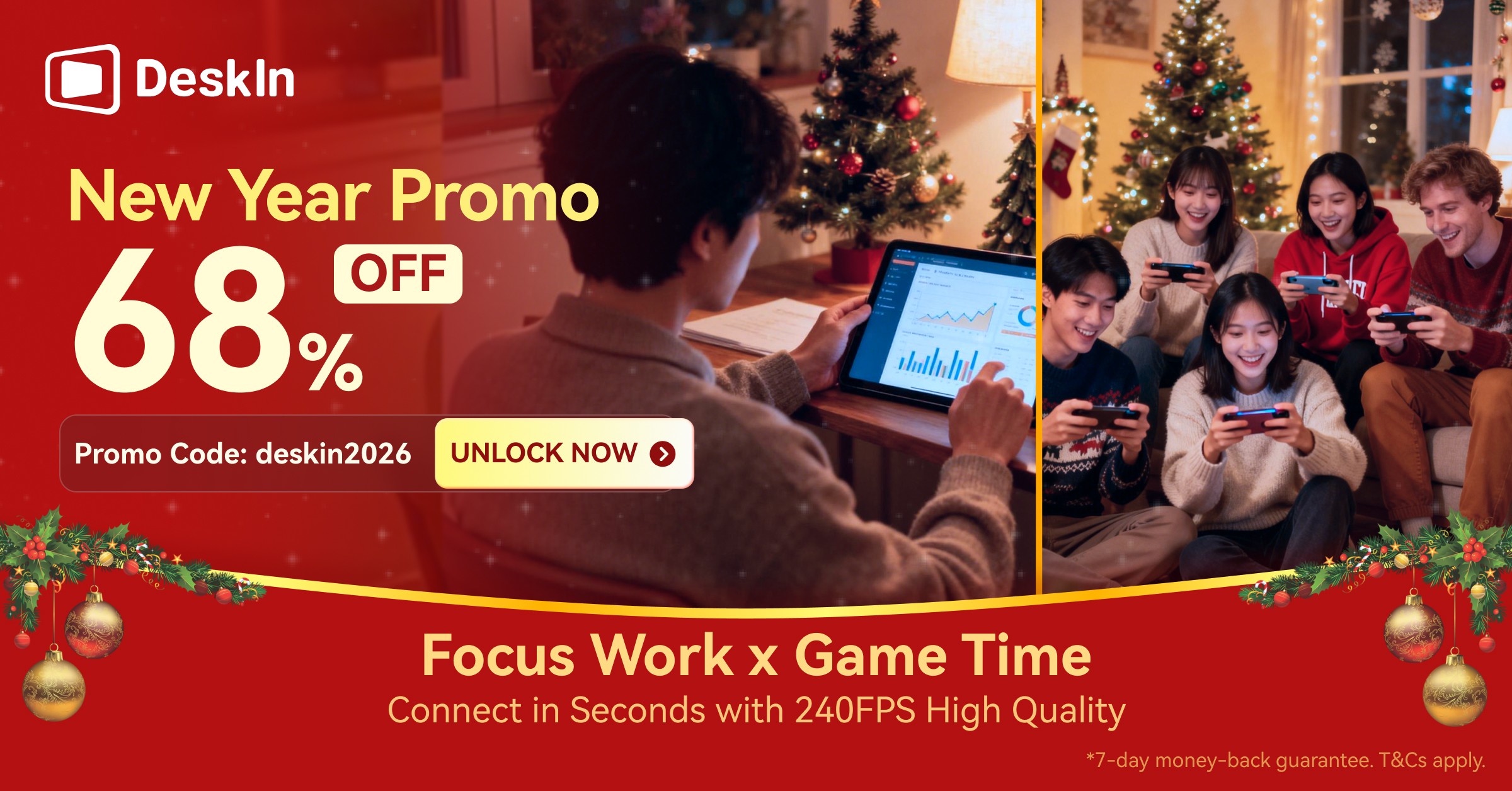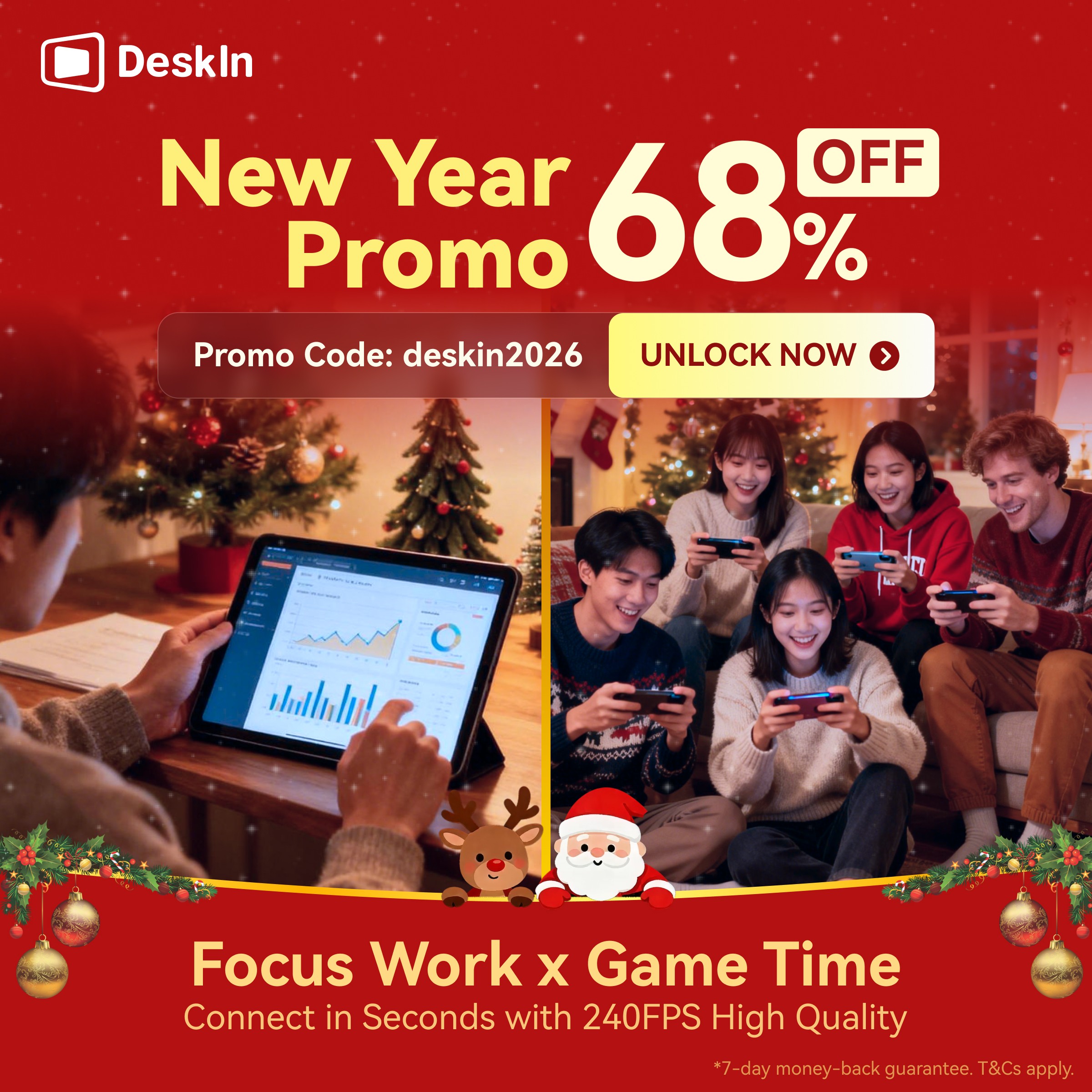We’ve all heard the phrase “Work Hard, Play Hard.” It’s a motto that’s especially popular among those born in the 80s and 90s — a generation that believes serious effort deserves serious fun.
But what if we didn’t have to separate the two?
What if work and play could happen at the same time — even during office hours?
That’s exactly the idea behind playful work design — a concept that helps employees shape their daily tasks to be more enjoyable, interactive, and fulfilling.
Let’s dive into how this works, why it matters more than ever in today’s hybrid/remote work setup, and how tools like Deskin make it real.

What Is Playful Work Design?
In simple terms, playful work design is when employees actively shape their work environment to feel more like play — without changing the actual job.
Instead of just waiting for motivation, they create it.
Researchers Scharp et al. (2019) describe it as a proactive strategy where employees inject fun, humor, or challenge into their tasks. This is done in two main ways:
Designing fun: Making work enjoyable (e.g., adding music, humor, or friendly banter)
Designing competition: Creating personal goals or team-based challenges
And this isn’t just theory. Studies have shown that playful work design leads to more motivation, creativity, and long-term performance.
In fact, Petelczyc et al. (2018) note that “play at work” promotes engagement, positive emotion, and strong internal drive. Meanwhile, Csikszentmihalyi (2020) — the man behind the famous Flow Theory — supports this by saying that play fuels motivation and personal well-being.
Why Offices (and Remote Teams) Need Playful Work Design
Let’s be real. Most of us spend 7 to 9 hours a day working — often repeating the same rituals daily.
Even the most dedicated employees get bored when there’s no variety or challenge. That’s when creativity kicks in — and employees start finding their own ways to stay sane and energized.
This is where playful work design shows its true value.
Examples?
Break-time gaming on smartphones or office PCs
Office tournaments using repurposed desks as ping-pong tables
Personalized desks filled with mini toys, plushies, or LEGO builds
Teams adding memes, jokes, or challenges in Slack threads
The best part? These playful moments don’t hurt productivity. They often improve it.
When people enjoy their environment, they show up better. They perform better. They stay longer.
And with today’s flexible tools, remote workers can do the same.
Competition and Play Build Focus, Not Just Fun
Here’s another angle: Play isn’t just about joy — it’s about drive.
Vleet & Feeney (2015) explain that games come with targets and goals. There’s always something to achieve — and the drive to “win” keeps people focused.
Think about how powerful that can be at work.
Instead of forcing motivation, employees choose to participate in challenges — just like they do in games. They go all-in. They ignore distractions. They aim to win.
Now imagine applying that same energy to a weekly report, a sales target, or a design deadline.
When work is gamified and rewarding, people naturally push themselves.
It’s no longer about surviving the day. It’s about finishing strong.
SUGGESTIONS FOR YOU:
Interactivity Sparks Collaboration
Playful work isn’t a solo thing. It's interactive.
In games, we strategize, calculate, cooperate — all to achieve a win. The same goes for teams using playful design at work.
When playful elements are added, employees are more likely to:
Share ideas
Collaborate on problem-solving
Support each other to reach shared goals
In short, playful work design helps teams bond and thrive.
Remote Work? Make Play Part of the Plan
“But what if we’re not in the office?”
Great question.
Playful work design can absolutely happen in remote or hybrid teams — especially with platforms like DeskIn.
Click here to download DeskIn
Deskin helps users work and play all at once. And with the current Play x Work campaign, it’s easier than ever to create a fun, high-performance digital setup.
Here’s what you get with Deskin Remote Game (promo valid until July 31):

Upgrade graphics up to 2K/144FPS or 4K/60FPS
Play PC games on your phone (with custom keyboard)
Connect up to 100 devices across OS platforms
Mirror, extend, or multi-screen your workspace
Special offer: Only $14.32 USD with promo code deskinsummer1Upgrade now →
We’ve all heard the phrase “Work Hard, Play Hard.” It’s a motto that’s especially popular among those born in the 80s and 90s — a generation that believes serious effort deserves serious fun.
But what if we didn’t have to separate the two?
What if work and play could happen at the same time — even during office hours?
That’s exactly the idea behind playful work design — a concept that helps employees shape their daily tasks to be more enjoyable, interactive, and fulfilling.
Let’s dive into how this works, why it matters more than ever in today’s hybrid/remote work setup, and how tools like Deskin make it real.

What Is Playful Work Design?
In simple terms, playful work design is when employees actively shape their work environment to feel more like play — without changing the actual job.
Instead of just waiting for motivation, they create it.
Researchers Scharp et al. (2019) describe it as a proactive strategy where employees inject fun, humor, or challenge into their tasks. This is done in two main ways:
Designing fun: Making work enjoyable (e.g., adding music, humor, or friendly banter)
Designing competition: Creating personal goals or team-based challenges
And this isn’t just theory. Studies have shown that playful work design leads to more motivation, creativity, and long-term performance.
In fact, Petelczyc et al. (2018) note that “play at work” promotes engagement, positive emotion, and strong internal drive. Meanwhile, Csikszentmihalyi (2020) — the man behind the famous Flow Theory — supports this by saying that play fuels motivation and personal well-being.
Why Offices (and Remote Teams) Need Playful Work Design
Let’s be real. Most of us spend 7 to 9 hours a day working — often repeating the same rituals daily.
Even the most dedicated employees get bored when there’s no variety or challenge. That’s when creativity kicks in — and employees start finding their own ways to stay sane and energized.
This is where playful work design shows its true value.
Examples?
Break-time gaming on smartphones or office PCs
Office tournaments using repurposed desks as ping-pong tables
Personalized desks filled with mini toys, plushies, or LEGO builds
Teams adding memes, jokes, or challenges in Slack threads
The best part? These playful moments don’t hurt productivity. They often improve it.
When people enjoy their environment, they show up better. They perform better. They stay longer.
And with today’s flexible tools, remote workers can do the same.
Competition and Play Build Focus, Not Just Fun
Here’s another angle: Play isn’t just about joy — it’s about drive.
Vleet & Feeney (2015) explain that games come with targets and goals. There’s always something to achieve — and the drive to “win” keeps people focused.
Think about how powerful that can be at work.
Instead of forcing motivation, employees choose to participate in challenges — just like they do in games. They go all-in. They ignore distractions. They aim to win.
Now imagine applying that same energy to a weekly report, a sales target, or a design deadline.
When work is gamified and rewarding, people naturally push themselves.
It’s no longer about surviving the day. It’s about finishing strong.
SUGGESTIONS FOR YOU:
Interactivity Sparks Collaboration
Playful work isn’t a solo thing. It's interactive.
In games, we strategize, calculate, cooperate — all to achieve a win. The same goes for teams using playful design at work.
When playful elements are added, employees are more likely to:
Share ideas
Collaborate on problem-solving
Support each other to reach shared goals
In short, playful work design helps teams bond and thrive.
Remote Work? Make Play Part of the Plan
“But what if we’re not in the office?”
Great question.
Playful work design can absolutely happen in remote or hybrid teams — especially with platforms like DeskIn.
Click here to download DeskIn
Deskin helps users work and play all at once. And with the current Play x Work campaign, it’s easier than ever to create a fun, high-performance digital setup.
Here’s what you get with Deskin Remote Game (promo valid until July 31):

Upgrade graphics up to 2K/144FPS or 4K/60FPS
Play PC games on your phone (with custom keyboard)
Connect up to 100 devices across OS platforms
Mirror, extend, or multi-screen your workspace
Special offer: Only $14.32 USD with promo code deskinsummer1Upgrade now →


















